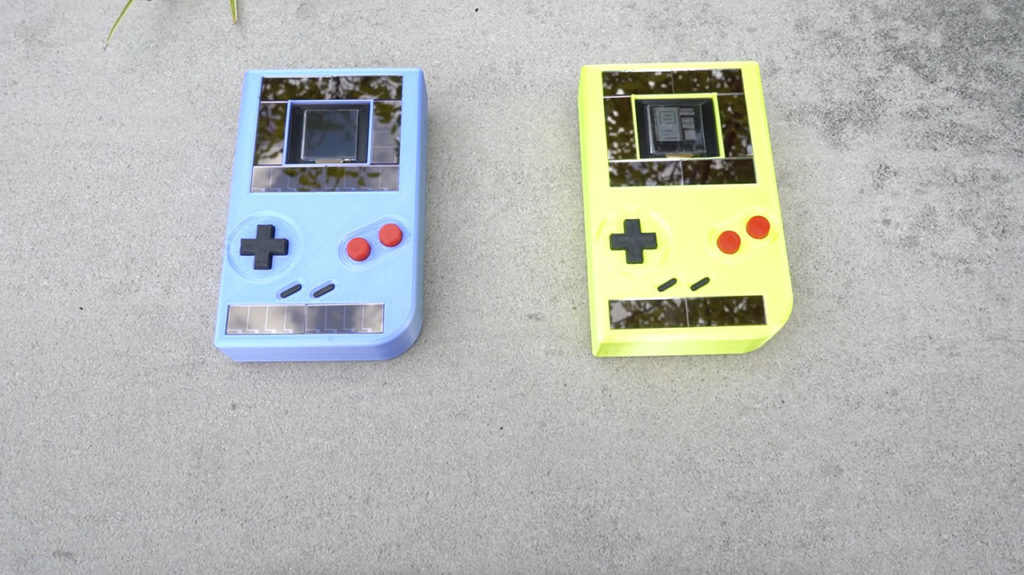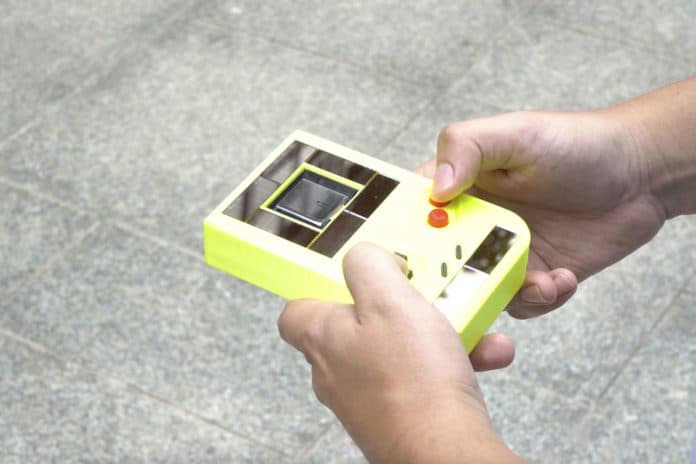A hand-held video game console, allowing indefinite gameplay, might be a parent’s worst nightmare. The original 1989 Game Boy ran on two AA batteries and promised approximately 15 hours of gameplay. However, in reality, the working time was much shorter. Sometimes the batteries suddenly ran out, and the console turned off, destroying the gameplay.
Now, researchers at Northwestern University and the Delft University of Technology (TU Delft) in the Netherlands have developed a device that looks similar to the iconic Nintendo Game Boy console but requires no battery.
Instead of batteries, which are costly, environmentally hazardous, and ultimately end up in landfills, this device is powered by a combination of energy from the sun and button-pressing during gameplay that is held in the two metal plates. As you press a button, the device converts that energy into something that powers your gaming. This powerful proof-of-concept enables gaming to last forever without having to stop and recharge the battery.

As you can see in the video and images, this new battery-free gaming platform has the size and form factor of the original Game Boy. Its screen is much smaller, as a set of solar panels are equipped around the screen. The platform features a processor that replicates that of a retro 8-bit Nintendo Game Boy and allows any popular retro game to be played straight from its original cartridge. However, this will require a lot of computational power and energy.
The device is able to quickly switch between the power sources, which does experience short losses in power. According to the researchers, this gameplay interruptions typically last less than one second for every 10 seconds of gameplay, which is a playable scenario for some games like Chess, Solitaire, and Tetris – but certainly not yet for all games.
The team has also developed a new technique for storing the system state in non-volatile memory, minimizing overhead and allowing quick restoration when power returns. This eliminates the need to press “save” as seen in traditional platforms, as the player can now continue gameplay from the exact point of the device fully losing power – even if Mario is in mid-jump.
The constant interruption of the gameplay is unpleasant, but the team says that their device is not a commercial prototype, and there is still a long way to go before state-of-the-art 21st-century hand-held game consoles become fully battery-free.
“Sustainable gaming will become a reality, and we made a major step in that direction – by getting rid of the battery completely,” said TU Delft’s Przemyslaw Pawelczak, who co-led the research with Hester. “With our platform, we want to make a statement that it is possible to make a sustainable gaming system that brings fun and joy to the user.”
